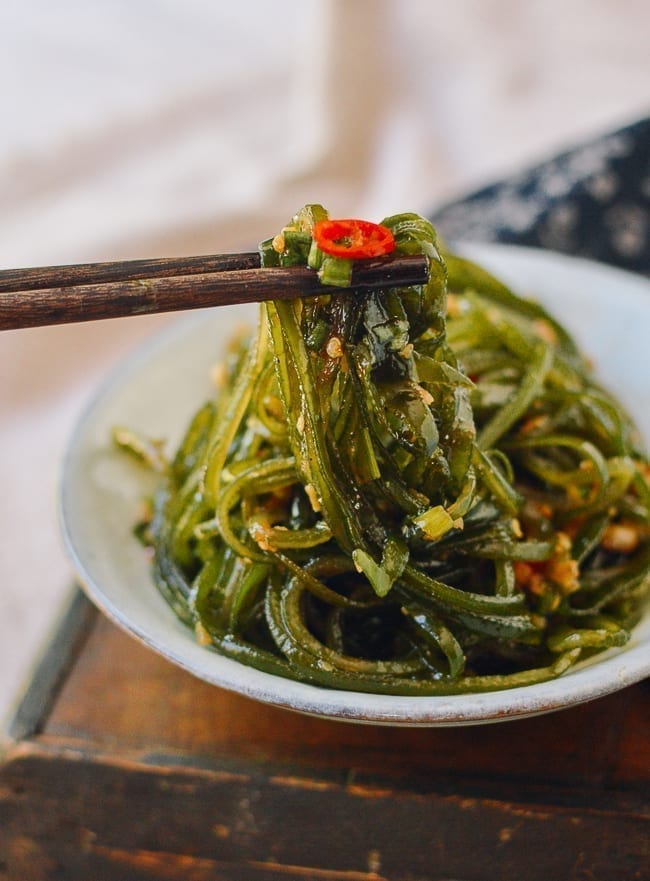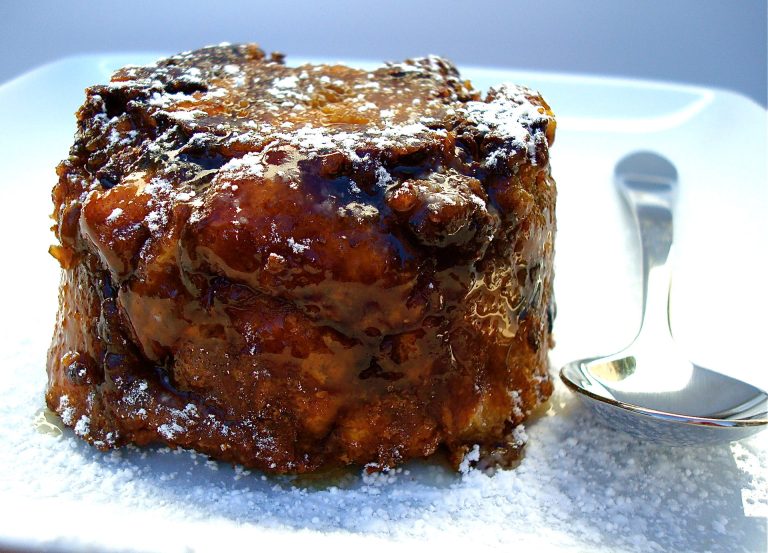Kombu Seaweed Salad: Discover the Health Benefits and Recipes
Kombu seaweed, a type of kelp, offers a rich nutritional profile. It’s dense with vitamins A, C, E, K, and B-complex. Minerals like calcium, iodine, magnesium, iron, and potassium abound in kombu. Consuming kombu aids in improving thyroid function (due to iodine), bolstering bone health (thanks to calcium and magnesium), and enhancing immune response through its vitamins and antioxidants. For example, it contains fucoxanthin, which might play a role in weight management and metabolism.
Common Uses in Cuisine
In culinary applications, kombu seaweed performs multiple functions. It’s essential in creating dashi, a savory broth foundational in Japanese cuisine. You soak kombu in water to release its umami flavors. Kombu enhances soups, stews, and sauces with a deep, rich flavor. In salads, long strands are cut and served with vinegar or sesame oil. Due to its umami properties, kombu is also integrated into marinades and pickles, enriching dishes with depth.
How to Prepare Kombu for Salad
Cleaning and Soaking
Clean Kombu by rinsing it under cold water. This removes excess salt and impurities. After rinsing, soak the Kombu in a bowl of cold water for 15-20 minutes. Ensure the water level covers the seaweed since it’ll expand during soaking. This process rehydrates the Kombu, making it tender and easier to cut.
Cutting Techniques
After soaking, remove the Kombu and pat dry with a paper towel. For salads, you’ll want thin and uniform strips. Lay the Kombu flat on a cutting board, then use a sharp knife to slice it into 1/4 inch wide strips. If desired, cut these strips into shorter lengths for easier consumption. Cutting ensures the Kombu’s texture integrates well into the salad, offering a consistent bite.
Key Ingredients for Kombu Seaweed Salad
Essential Dressings and Seasonings
Soy Sauce: Soy sauce adds umami and a salty depth to your kombu seaweed salad.
Rice Vinegar: Rice vinegar brings acidity, which balances the flavors in the dish.
Sesame Oil: Sesame oil contributes a nutty aroma and richness.
Mirin: Mirin, a sweet rice wine, adds subtle sweetness that complements the soy sauce and sesame oil.
Sesame Seeds: Sesame seeds provide a crunchy texture and enhance the nuttiness from the sesame oil.
Grated Ginger: Grated ginger adds a spicy, zesty kick that pairs well with the other ingredients.
Additional Flavorful Add-ins
Cucumber: Sliced cucumber adds a refreshing, crisp element to the salad.
Carrots: Shredded carrots introduce sweetness and a vibrant color contrast.
Green Onions: Chopped green onions offer a mild, peppery flavor and fresh green hue.
Seaweed Mix: Combining kombu with other seaweeds like wakame or nori increases texture and flavor complexity.
Toasted Nuts: Toasted almonds or peanuts bring additional crunch and richness.
Chili Flakes: Chili flakes add a touch of heat for those who prefer a spicier dish.
Each ingredient has a specific role, enhancing the overall taste and texture of the kombu seaweed salad. Properly combining these elements ensures a well-rounded, delicious dish.
Popular Kombu Seaweed Salad Recipes
Traditional Japanese Kombu Salad
Traditional Japanese Kombu Salad emphasizes simplicity and freshness. Begin with rehydrated kombu strips, ensuring they are tender by soaking in water for 10-15 minutes. Combine the kombu with sliced cucumbers and carrots for crunch. Mix soy sauce, rice vinegar, and a touch of mirin for a balanced dressing. Sprinkle sesame seeds and finely grated ginger on top to enhance flavor. This classic preparation lets the natural umami of kombu shine.
Modern Fusion Variations
Modern Fusion Variations introduce exciting twists to the traditional salad. Include ingredients like avocado, quinoa, or edamame for added texture and nutrition. Use a dressing made with sesame oil, rice vinegar, and a hint of chili flakes for subtle heat. Incorporate toasted nuts or seeds, such as sunflower or pumpkin, for extra crunch. Adding fresh herbs like cilantro or mint can provide a refreshing finish. These variations update the classic recipe to suit contemporary palates while retaining the essential appeal of kombu seaweed.
Health Benefits of Kombu Seaweed Salad
Digestive Health
Kombu seaweed salad enhances digestive health due to its high fiber content. The fiber in kombu acts as a prebiotic, nourishing beneficial gut bacteria. Improved gut flora positively impacts digestion, nutrient absorption, and immune function. Additionally, kombu contains alginic acid, a compound that helps detoxify the digestive tract by binding to heavy metals and toxins, aiding their excretion.
Thyroid Function Support
Kombu is a rich source of iodine, an essential mineral for thyroid function. The thyroid gland uses iodine to produce hormones that regulate metabolism, energy levels, and growth. Regular consumption of kombu seaweed salad, which provides a natural source of iodine, supports normal thyroid function and prevents iodine deficiency. This element is especially crucial for individuals with hypothyroidism because it helps maintain hormone balance and overall metabolic health.
Conclusion
Kombu seaweed salad is more than just a tasty dish; it’s a powerhouse of nutrition that can significantly benefit your health. From supporting thyroid function to enhancing digestive health, it offers a range of advantages that make it a worthy addition to your diet. Whether you stick to traditional recipes or experiment with modern twists, incorporating Kombu seaweed salad into your meals can be both delicious and beneficial. So why not give it a try and enjoy the myriad health benefits it offers?






